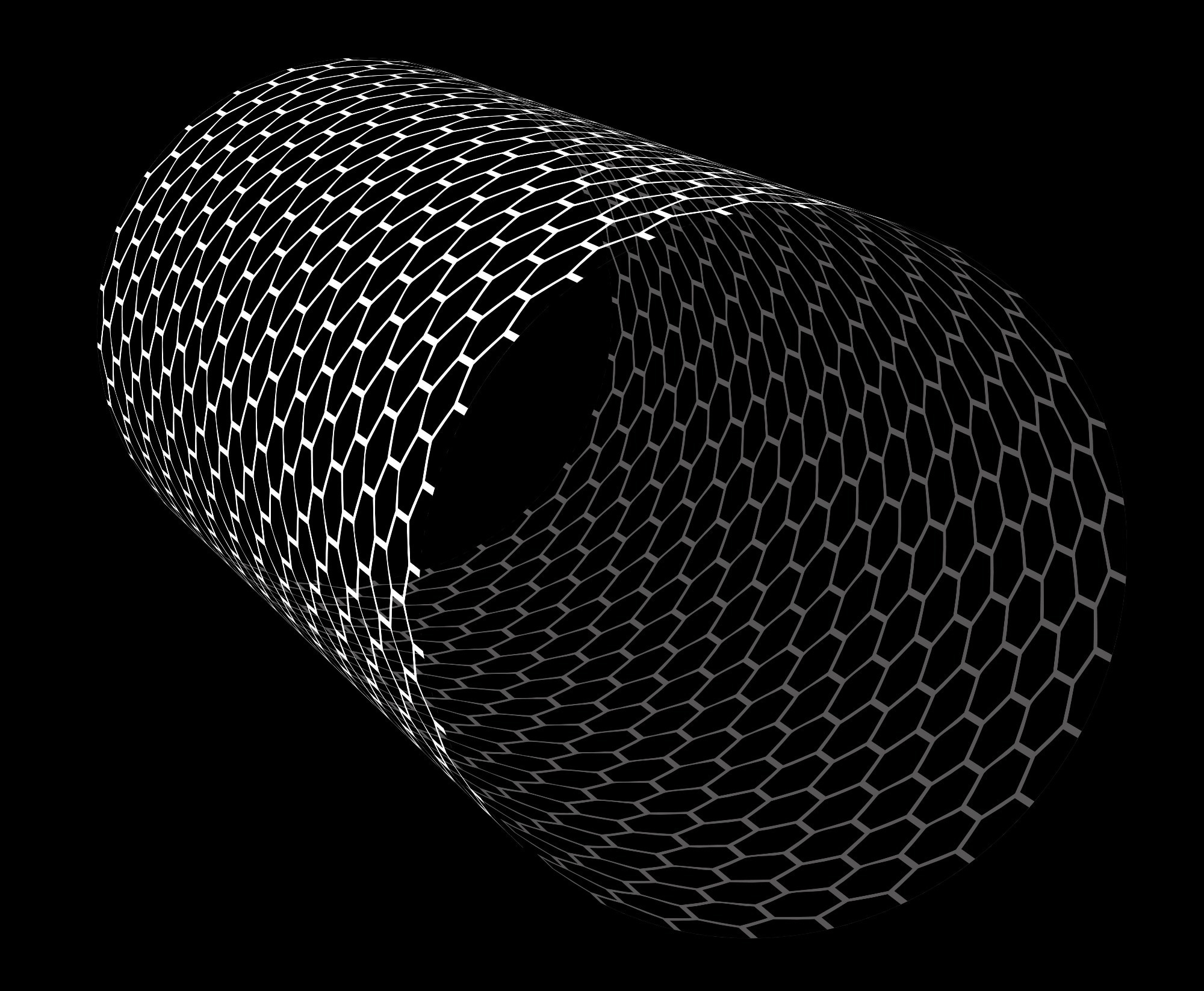A recent study published in Advanced Materials Interfaces explored how modifying the surface of a metal–organic nanotube (UMONT) affects its ability to absorb water.
Researchers investigated whether increasing the hydrophobicity of surface coatings could influence water uptake and adsorption selectivity, providing new insights into how surface chemistry impacts water behavior in nanoporous materials.

Image Credit: metamorworks/Shutterstock.com
Background
Nanoporous materials with controllable water uptake are important for enhancing water purification and energy technologies. Hybrid carbon-based nanoporous compounds, such as MOFs and metal–organic nanotubes (MONTs), exhibit exceptional adsorption capacities and low-temperature release due to their large porosity. Their tunability also makes them ideal for tailoring water absorption properties.
However, many of these materials struggle with water selectivity over other gases or solvents. Adjusting pore size can improve selectivity but often slows water uptake and diffusion.
To address this, researchers examined the effects of different surface coatings—ammonium trifluoroacetate (ATFA), polyvinylidene fluoride (PVDF), and polyacrylonitrile (PAN)—on the water uptake and selectivity of UMONT, a previously synthesized MONT-based material.
Methods
UMONT was synthesized using piperazine, iminodiacetate (IDA), and uranyl nitrate hexahydrate, followed by crystallization in a scintillation vial. X-ray diffraction (XRD) confirmed the unit cell structure of UMONT, while powder XRD (PXRD) validated its bulk purity.
To apply the surface coatings, UMONT samples were immersed in different coating solutions and stirred for 24 hours at room temperature. ATFA-coated samples were further sonicated, filtered, rinsed, and air-dried. PVDF and PAN coatings were applied using diethyl ether and dimethyl formamide as solvents, respectively.
The coated materials were then analyzed for structural stability using PXRD, while scanning electron microscopy (SEM) examined surface morphology.
Additional material characterization was performed using energy-dispersive X-ray spectroscopy (EDS) integrated with SEM and Fourier-transform infrared (FTIR) spectroscopy.
To evaluate water uptake, batch experiments were conducted in saturated environments for 16 hours, while uptake experiments with methanol, ethanol, and
D2O were also performed. Thermogravimetric analysis (TGA) was used to study water release behavior.
Results and Discussion
PXRD analysis showed that the ATFA-coated UMONT retained its original crystal structure, indicating that the coating did not degrade the material. Similar results were observed for 1 % PVDF-coated samples.
However, increasing PVDF concentration led to a decrease in diffraction intensity, suggesting a change in material properties. A similar trend was seen with PAN-coated UMONT, though the effect was less pronounced.
SEM-EDS imaging confirmed that pristine UMONT exhibited a smooth surface and high crystallinity. PVDF-coated samples maintained structural integrity but showed minor cracking and roughening, whereas ATFA-coated samples retained a morphology similar to the uncoated material.
The coated UMONT materials exhibited lower overall water uptake than pristine UMONT. Among the modified samples, ATFA-coated UMONT had the lowest water uptake.
For PVDF coatings, water uptake increased with higher PVDF loading, though higher concentrations introduced variability. In contrast, PAN coatings showed a consistent decrease in water uptake as polymer loading increased.
TGA results indicated that the water-release temperature depended on the surface coating. Pristine UMONT released water at approximately 40 °C, similar to samples coated with 1–4 % PVDF. However, with 5 % PVDF, water release was significantly slower, extending up to 130 °C, which was also observed in ATFA- and PAN-coated samples.
These findings suggest that surface chemistry plays a major role in water adsorption and desorption behavior in UMONT. The results point to a two-step water absorption process influenced by the interaction between the coating material and the nanotube’s crystal surface.
Further studies are needed to fully understand how these coatings affect pore structure and water diffusion within the material.
Journal Reference
Samarasiri, V. S., McGee, S., Forbes, T. Z. (2025) Exploring Impacts of Surface Coatings to Modify Water Uptake and Selectivity within Metal–Organic Nanotubes. Advanced Materials Interfaces. DOI: 10.1002/admi.202400731. https://advanced.onlinelibrary.wiley.com/doi/full/10.1002/admi.202400731
Disclaimer: The views expressed here are those of the author expressed in their private capacity and do not necessarily represent the views of AZoM.com Limited T/A AZoNetwork the owner and operator of this website. This disclaimer forms part of the Terms and conditions of use of this website.